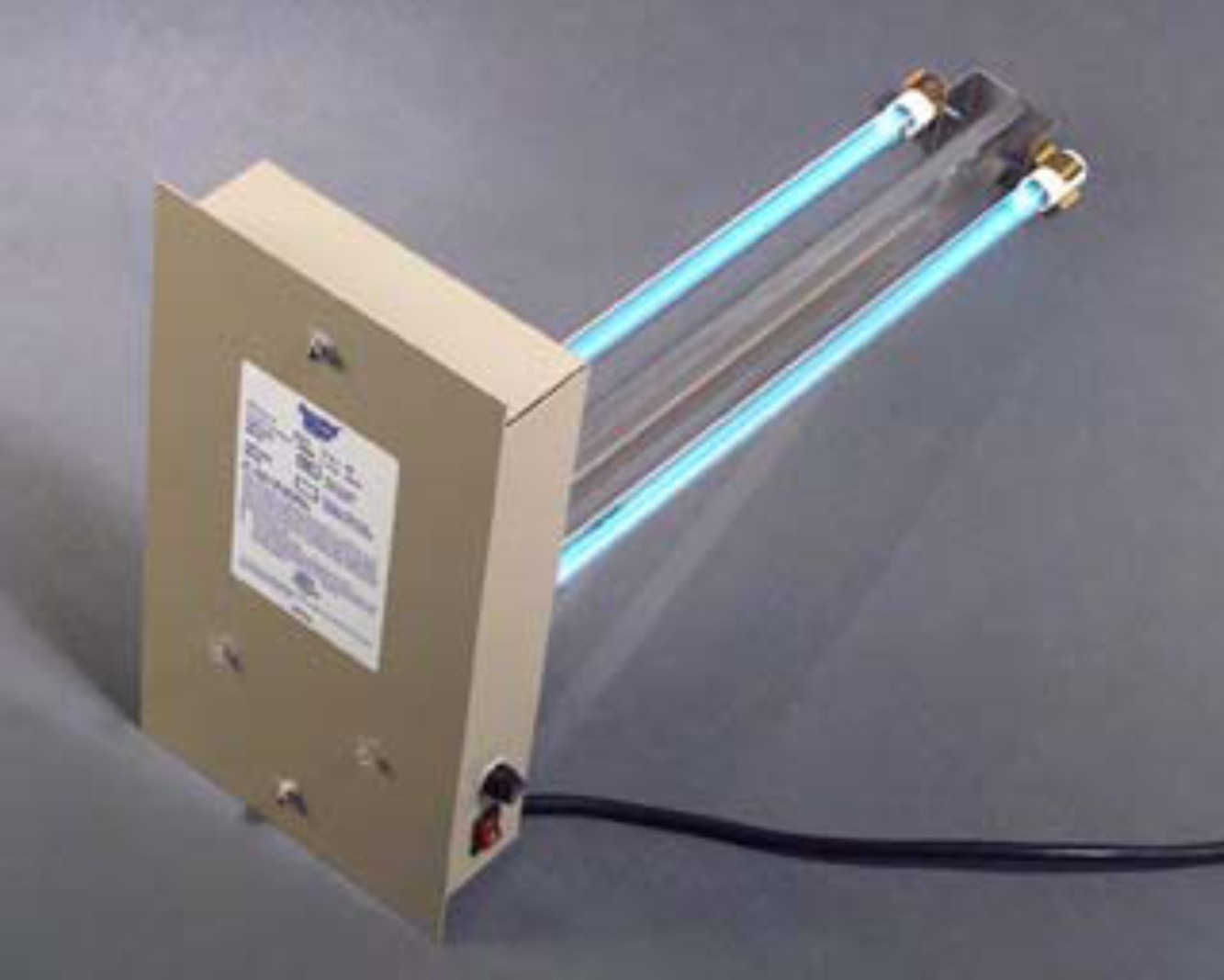Air Purifiers
Contact Info
611 Peachtree St.
Vidalia Ga. 30474
P: 912-537-0668
F:912-538-7445

Air Purification is the process by which we remove, destroy or render harmless bio-aerosols and volatile organic compounds in the air we breathe. Filters as noted, are used mostly to remove inert particulate from the air stream. Unfortunately, this accounts for on average only 35% of our indoor air quality problem. Microscopic gases and bio-aerosols are the real danger and can only addressed by other means. Air purification is the single most important defense in reducing harmful contaminants within our homes and places of work, especially in the absence of any outside air exchange.
Filters
Our Second Wind Purifiers are specifically designed to address these issues with our patent pending photo-catalytic process. The purification process targets the most dangerous elements in the air we breathe. By installing a quality Second Wind Air Purifier into your current heating, ventilating or air conditioning system you can effectively turn it into a clean air machine.
Patent Pending Technology
Second Wind Air Purifiers patent pending technology provides two very powerful methods of effectively reducing airborne bio-aerosols and volatile organic compounds. (see pollution facts) Firstly, we have incorporated a very powerful high intensity ultraviolet germicidal lamp which is extremely effective in destroying the reproductive DNA of biological contamination. This method of UV sterilization has been used since the 1930's in hospitals, laboratories and other areas where airborne or surface contamination is of concern. Our lamps are specifically designed for maximizing this sterilization process, in the shortest period of time, at the greatest distance possible, utilizing specific intensity and wavelength of ultraviolet light.
Photo-Catalytic Process
Adding to method, Second Wind has placed a pure titanium catalyst plate parallel to our high intensity germicidal ultraviolet lamp creating a whole new dimension to the air purification process. This revolutionary addition creates a photo-catalytic oxidizing purification process which has been scientifically proven to destroy and decompose bio-aerosols and chemically oxidize volatile organic compounds into forming primary residual compounds of carbon dioxide (CO2) and water (H2O).
Simply stated, the photo-catalytic process involves the chemical change of compounds into acceptable compounds at ambient temperatures by exposing them to free radical molecules of oxygen and hydrogen generated when ultraviolet light reacts with titanium dioxide.
In order to fully understand photo-catalytic oxidation we must first learn a little about the metal catalyst involved in our process, titanium. Titanium is described as being light, strong and anti-corrosive. It also has the unique property of being coated by a very thin layer of oxidized film chemically referred to as titanium dioxide. (TiO2)
Titanium dioxide has a high refraction ratio and when it is irradiated by ultraviolet light of less than 385 nm (nanometers) the band gap energy or the level of energy photons need to be able to free electrons from their atomic bonds is exceeded. What is created are electron hole pairs....hydroxyl radicals of hydrogen and oxygen ( OH ) which attract (absorb) other molecules to the titanium catalyst like a magnet.
Ultraviolet Light
Once the pollutant is exposed to the ultraviolet light and the hydroxyl radicals, a photo-chemical reaction takes place. This reaction is referred to as photo-catalytic oxidation. This oxidation process combined with the sterilization properties of ultraviolet light provides a very powerful tool in reducing volatile organic compounds and bio-aerosols. In fact, the oxidation power of hydroxyl radicals is second only to fluorine.


